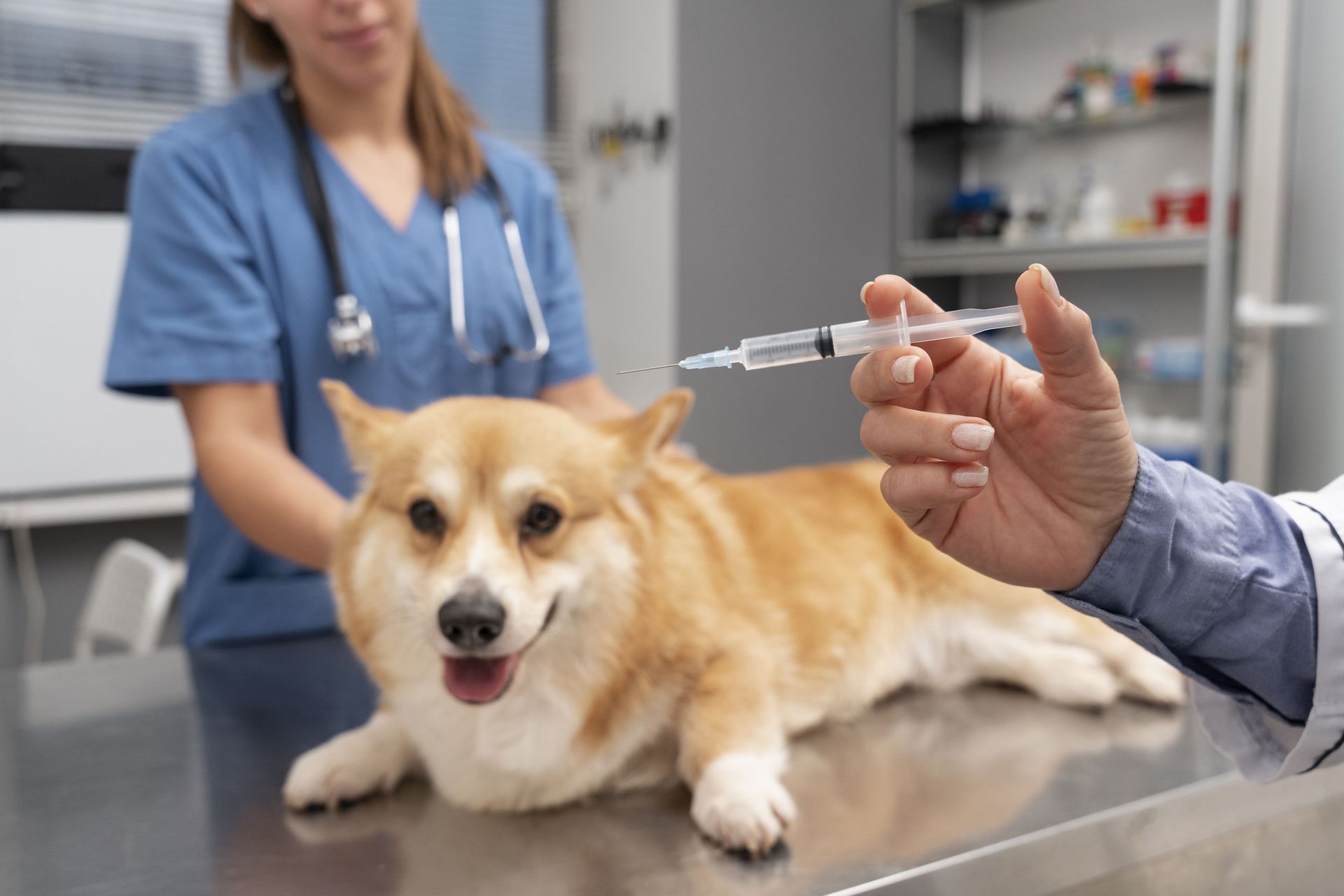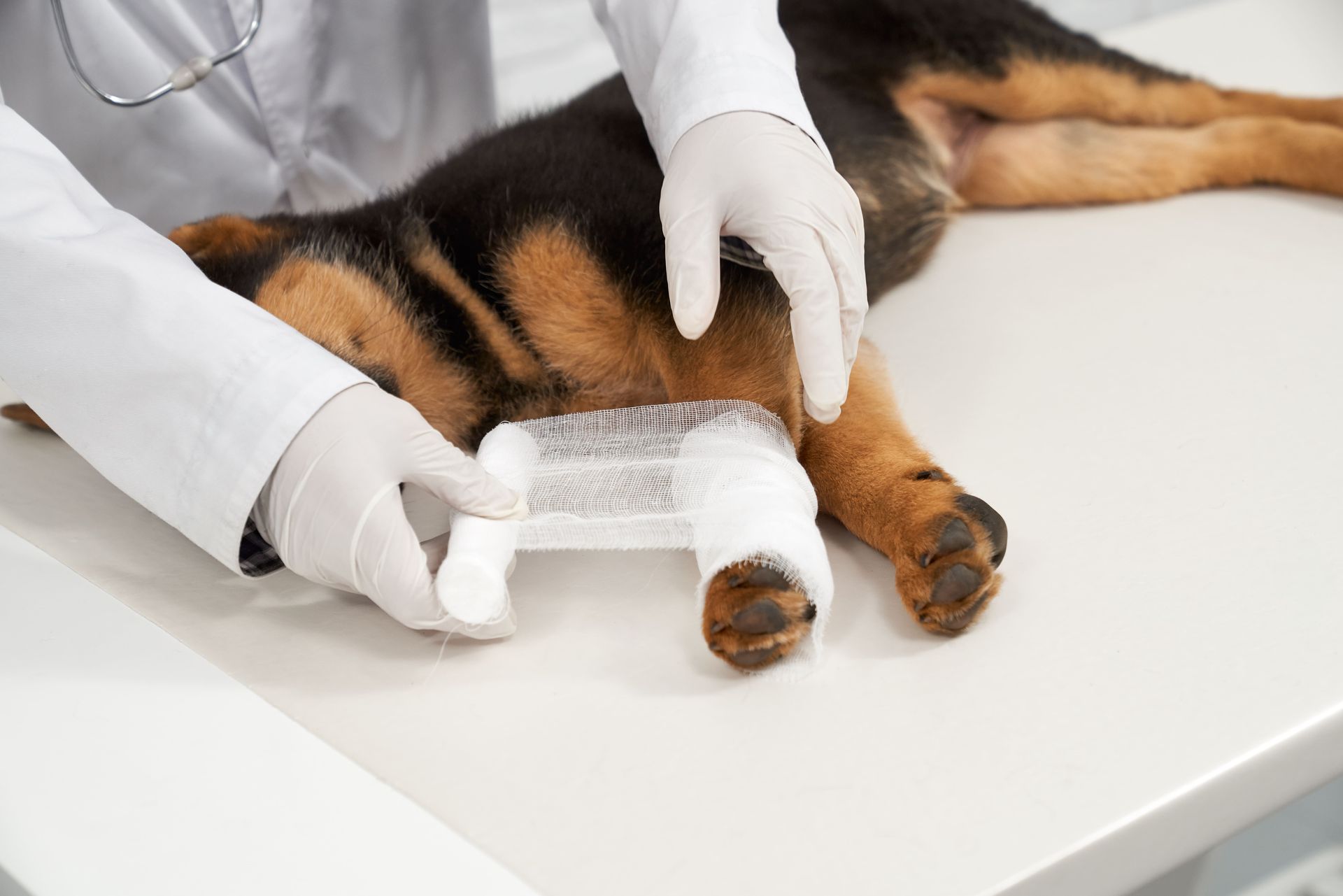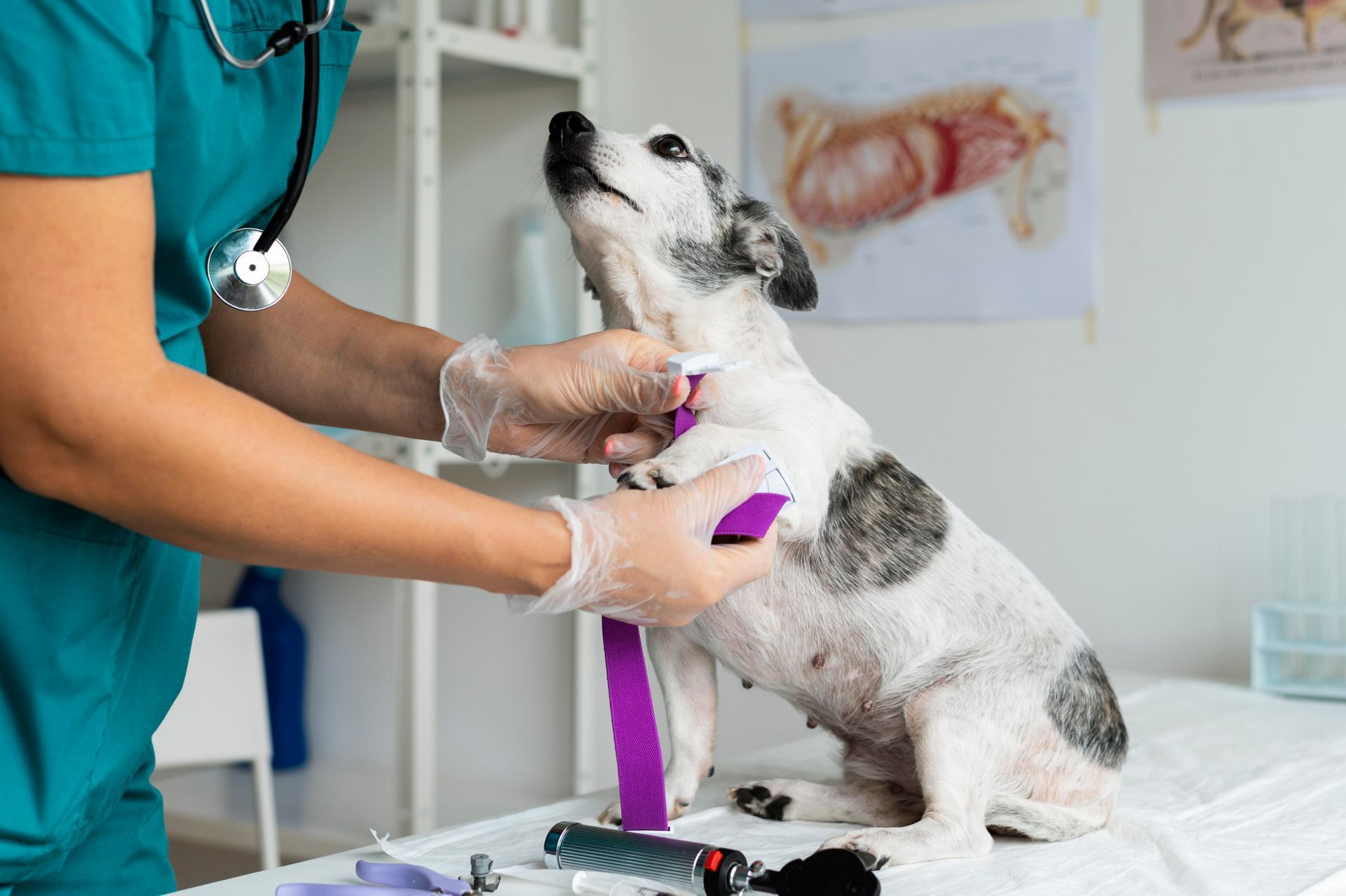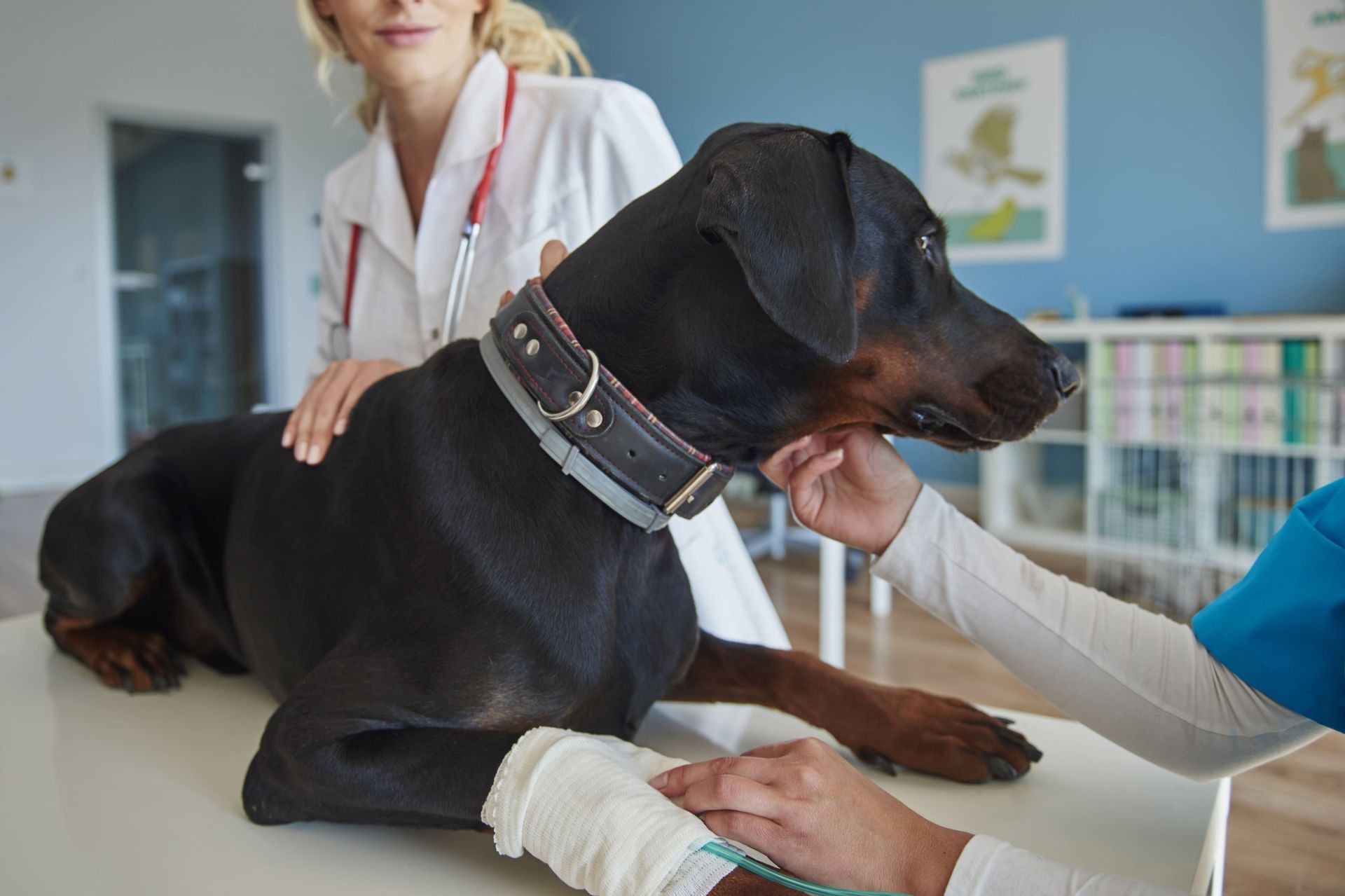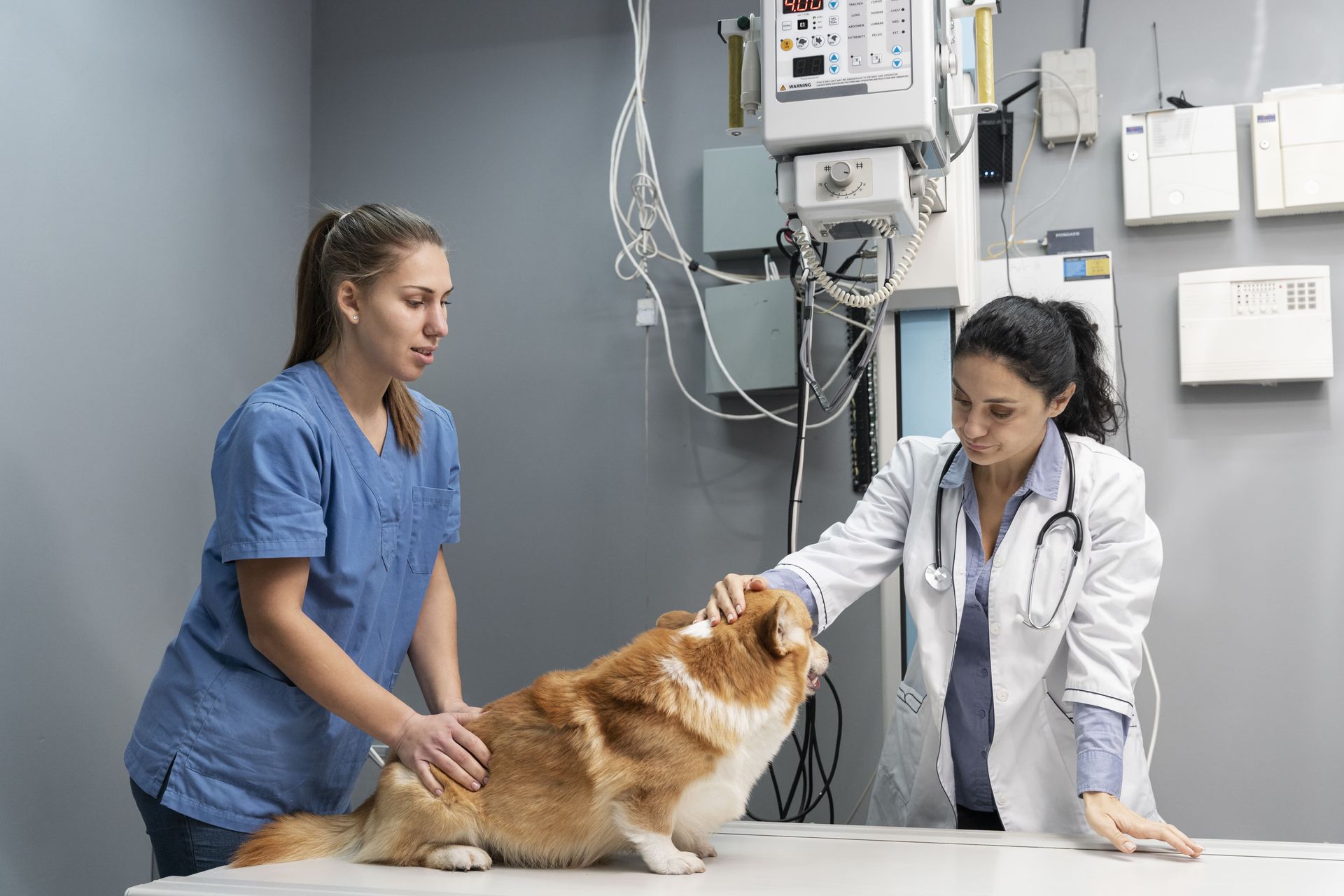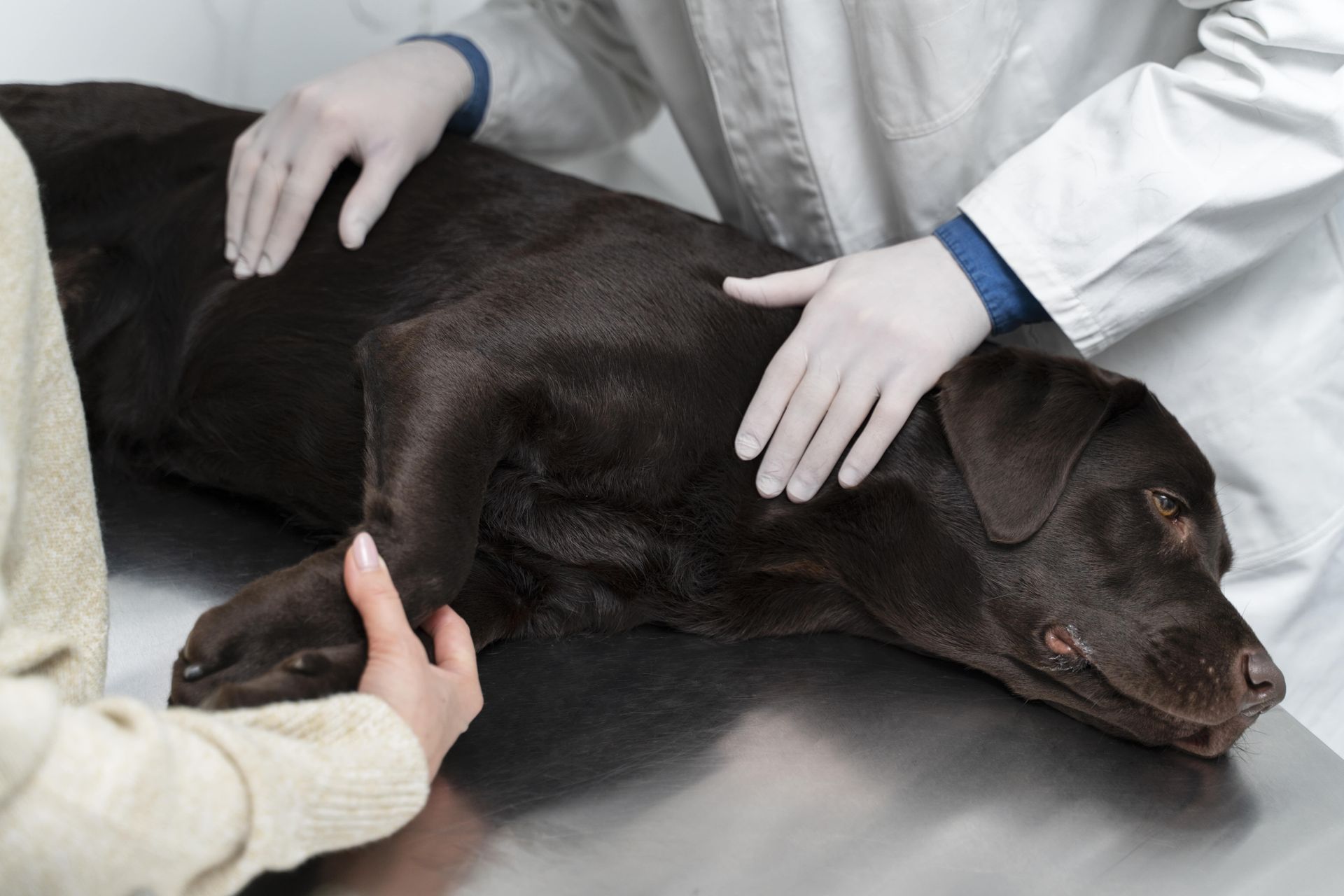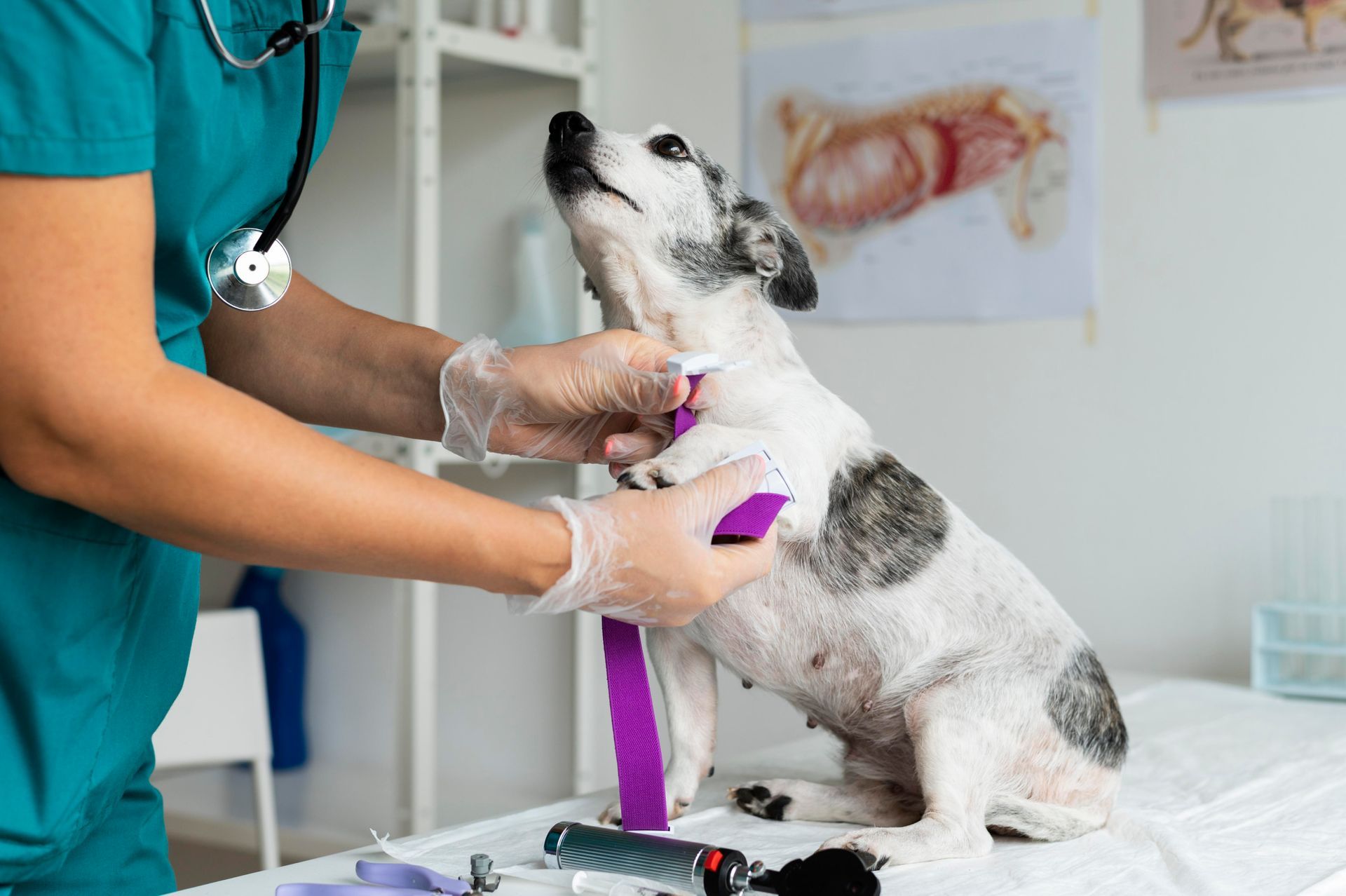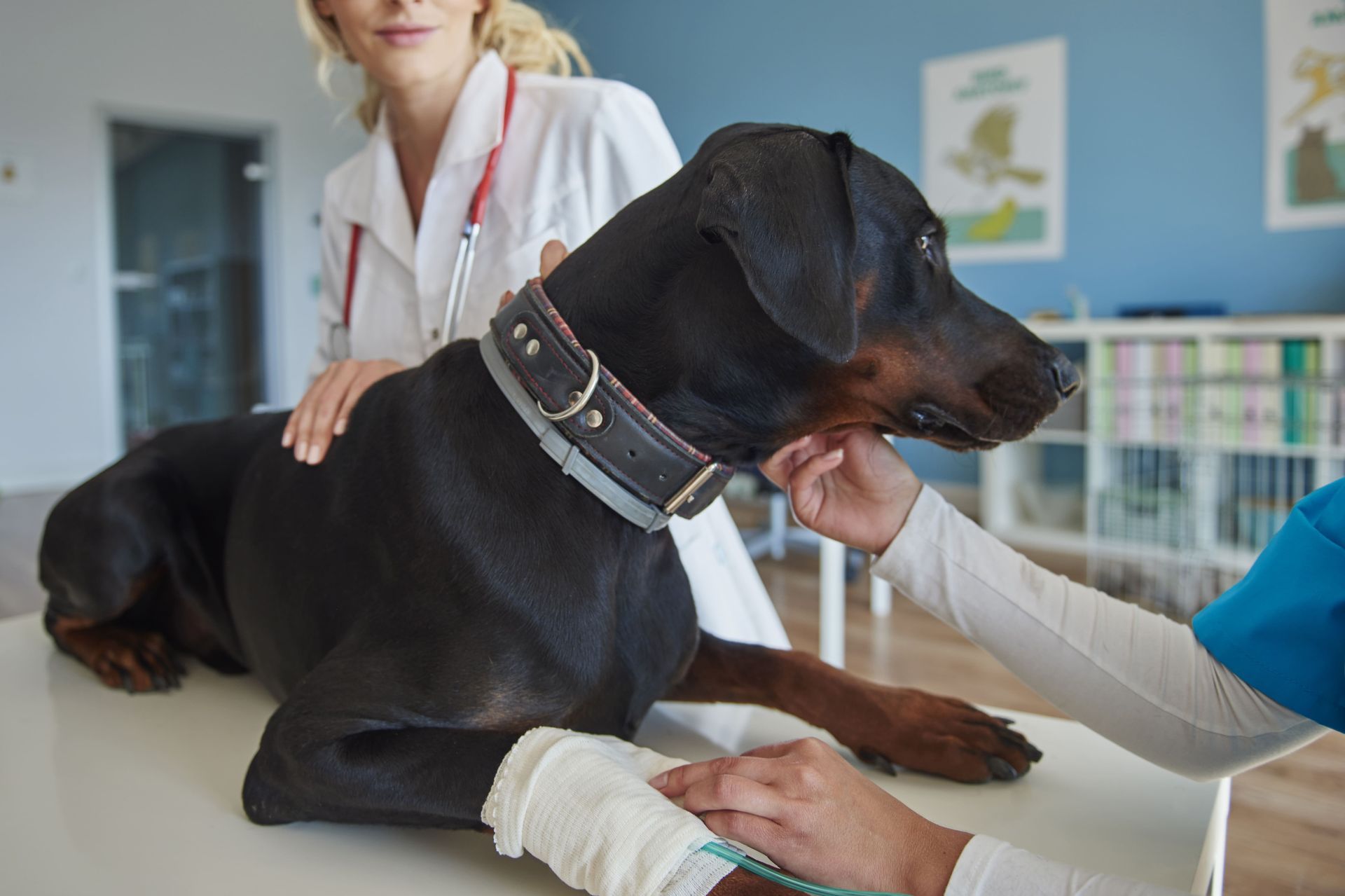Contact Info
133 Lincoln Avenue, Fair Lawn, New Jersey 07410, US
973-427-0990
133 Lincoln Ave, Fair Lawn, NJ 07410
Call Us Now: (973) 427-0990
133 Lincoln Ave, Fair Lawn, NJ 07410
Call Us Now: 973-427-0990
As a dog owner, it's important to keep an eye on signs that might indicate health issues in your furry friend. One common problem in dogs is the tearing of the anterior cruciate ligament (ACL). If you're concerned about your dog's mobility and overall well-being, understanding the signs that may point to the need for Dog ACL Surgery
is crucial.
Recognizing Limping or Lameness
One of the most common signs that your dog might need Dog ACL Surgery is persistent limping or favoring one leg. This can indicate pain and instability that needs to be addressed by a vet.
Lameness is often more noticeable after exercise or physical activity. If your dog starts to limp during or after a walk, it might be experiencing pain from an underlying ACL issue that may require Dog ACL Surgery to restore normal function.
It’s essential to observe your pet’s walk and active stance. Limping is often the body’s attempt to reduce stress on the affected leg, enabling the animal to avoid extreme discomfort. Early detection here could be the key to timely Dog ACL Surgery and a smooth recovery.
Spotting Swelling in the Knee Area
If you notice any swelling around your dog’s knee, it could be a sign of an ACL injury that might need Dog ACL Surgery. Swelling often accompanies joint injuries and should be evaluated by a professional.
Swelling can vary from mild to severe, and it’s important to check for tenderness when the area is touched. Specific heat emission from the site also denotes inflammation, all clear signals that Dog ACL Surgery may be needed.
Consulting our veterinary services can give you peace of mind as the first step in addressing potential Dog ACL Surgery requirements. Our specialists are equipped to handle such evaluations with care and expertise.
Observing Sudden Changes in Activity Levels
A sudden decrease in your dog’s activity level or reluctance to play and run as usual can indicate discomfort or pain, possibly stemming from an ACL injury. In such cases, Dog ACL Surgery might be the best option to restore mobility and joy.
When dogs are reluctant to play, jump, or run, it usually signifies distress. This behavior change can negatively impact their mental and physical health if left unattended. Don’t overlook these signs — timely Dog ACL Surgery can make a world of difference.
Monitoring these shifts in energy levels is crucial. A once playful and active dog that suddenly becomes lethargic is a clear signal to seek further support and discuss Dog ACL Surgery with a trusted vet.
Checking for Difficulty in Standing or Sitting
Dogs with ACL issues might have trouble standing up from a lying position or sitting down. Watch for any unusual movements or hesitation that suggest difficulty. Such difficulty might point towards the need for Dog ACL Surgery sooner rather than later.
These struggles in posture can often be misunderstood as signs. However, they should be meticulously monitored, as they may indicate severe ACL tears needing Dog ACL Surgery to prevent further joint deterioration.
To distinguish these symptoms from aging or arthritis, contact our specialist team for a comprehensive evaluation and guidance on whether Dog ACL Surgery is the right path forward.
Identifying a Popping Noise from the Joint
Sometimes, a popping or clicking sound can be heard from the knee joint when the dog walks. This is a potential indicator of joint issues, including ACL tears, that may warrant Dog ACL Surgery.
This noise signifies the action between the thigh bone and shin bone — an unsettling sound that results from a mechanical hindrance like a ligament tear.
Should such a symptom persist, it’s advisable to immediately have your dog examined by a veterinarian to avoid further joint complications. You can seek professional guidance quickly by visiting us to discuss possible Dog ACL Surgery options for your furry friend.
Final Thoughts
Pay careful attention to the behaviors and physical changes in your dog. Early detection and treatment — including the possibility of Dog ACL Surgery — can significantly improve your pet’s recovery and quality of life.
If you notice any concerning symptoms, do not wait — consult with a trusted veterinarian to determine if Dog ACL Surgery is necessary. Your dog’s health, comfort, and mobility are worth every effort.
For compassionate guidance and professional care, reach out to us today
and take the first step towards a healthier, happier future for your beloved companion.
FAQs
Q-1. How do I know if my dog really needs Dog ACL Surgery?
Ans: If your dog shows persistent limping, swelling around the knee, difficulty standing or sitting, or if you hear a popping noise in the joint, these are common signs of an ACL tear. Only a licensed veterinarian can confirm if Dog ACL Surgery is necessary through a physical exam and imaging tests.
Q-2. What happens during Dog ACL Surgery?
Ans: During Dog ACL Surgery, the damaged ligament is either repaired or replaced using a surgical technique designed to stabilize the knee joint. This helps restore your dog’s mobility, reduce pain, and prevent further joint damage. Your vet will recommend the most suitable surgical approach based on your dog’s age, size, and activity level.
Q-3. How long does it take for a dog to recover from Dog ACL Surgery?
Ans: Recovery time for Dog ACL Surgery can vary, but generally takes about 8 to 12 weeks for most dogs to regain normal mobility. Strict rest, limited movement, and prescribed rehabilitation exercises are essential for a successful recovery. Your vet will provide a detailed recovery plan tailored to your dog’s needs.
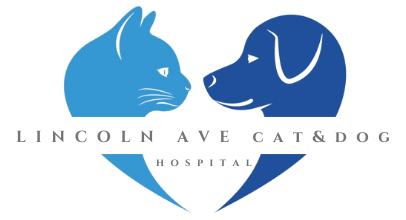
The Lincoln Avenue Cat & Dog Hospital was founded in 1984, quickly emerging as a regional leader in treating felines exclusively.
Quick Links
Contact Info
133 Lincoln Avenue, Fair Lawn, New Jersey 07410, US
973-427-0990

Quick Links
Contact Info
133 Lincoln Avenue, Fair Lawn, New Jersey 07410, US
(973) 427-0990
Fax: (973) 427-0990
© 2025
All Rights Reserved | Lincoln Ave Cat & Dog Hospital
New Paragraph
PAYMENT POLICY
Please note that there is a 3.5% processing fee applied to all credit card payments. If you wish to not incur this fee we will accept a debit card or cash. We apologize for any inconvenience.
